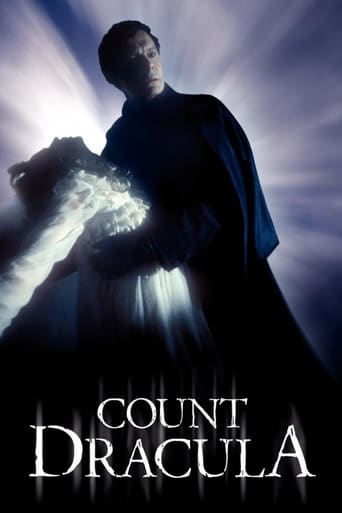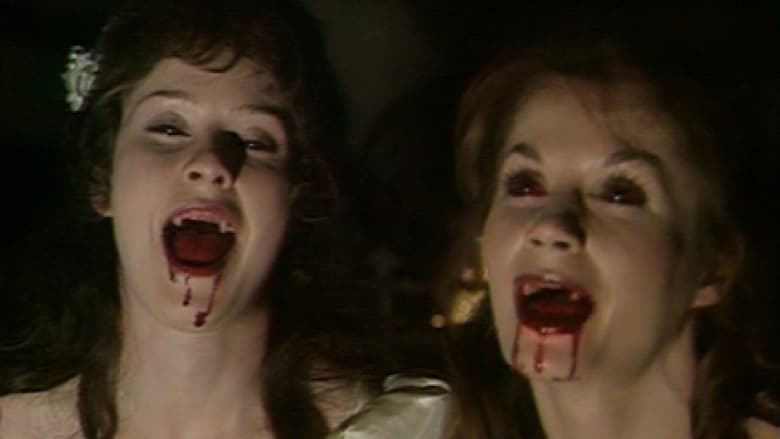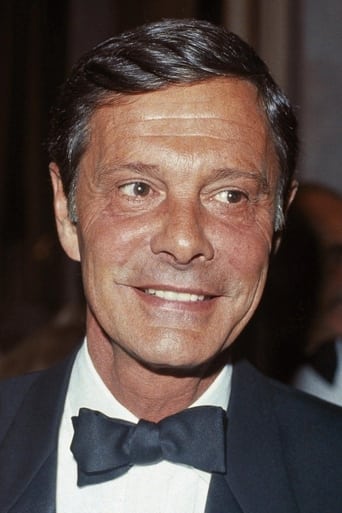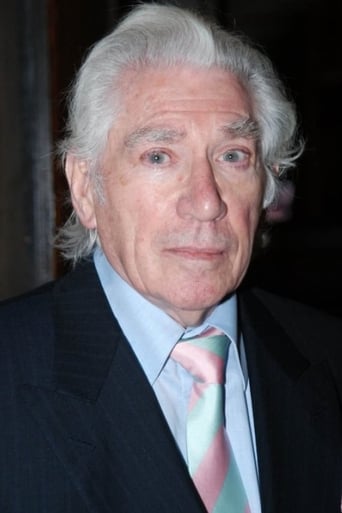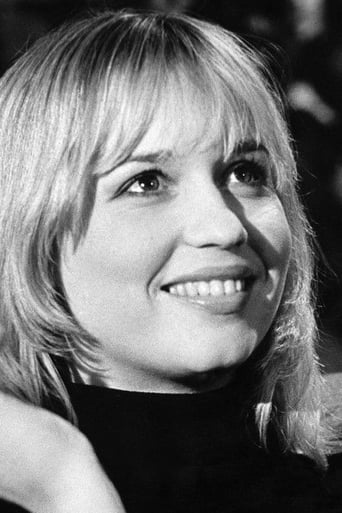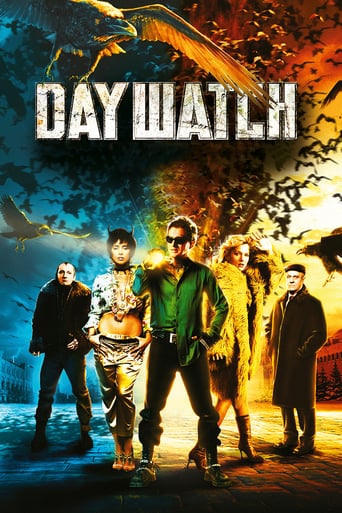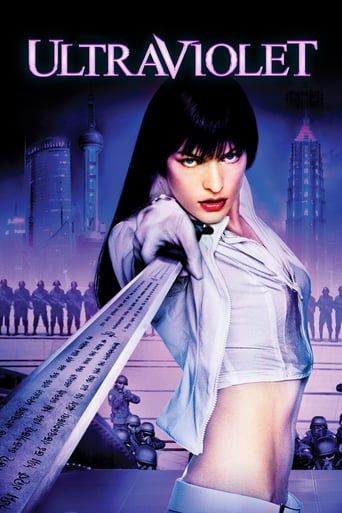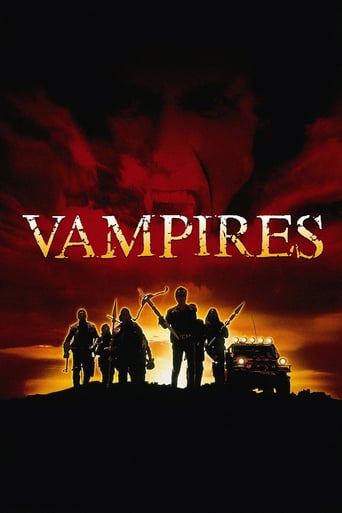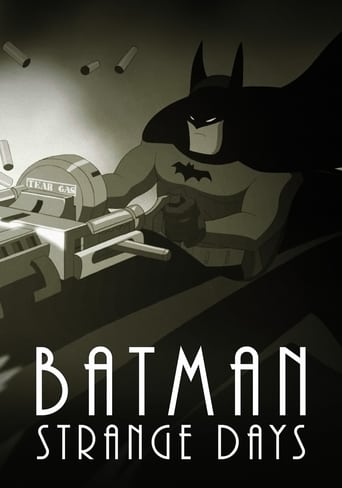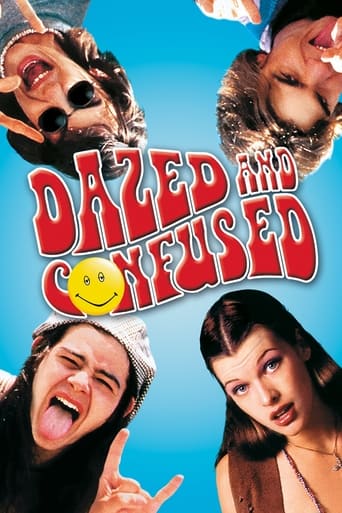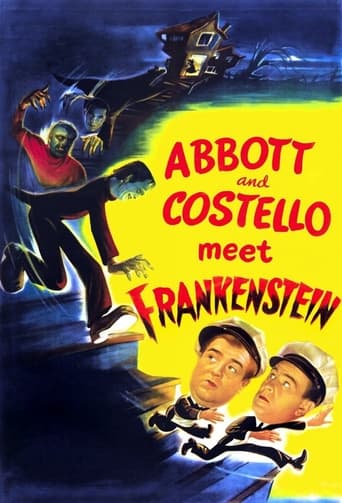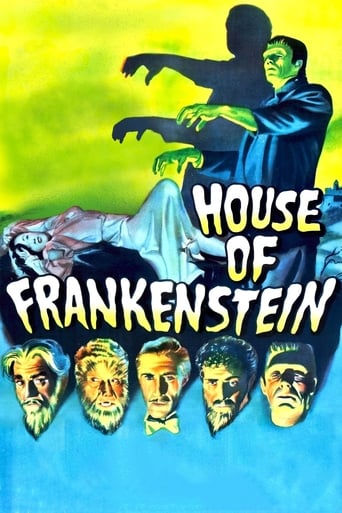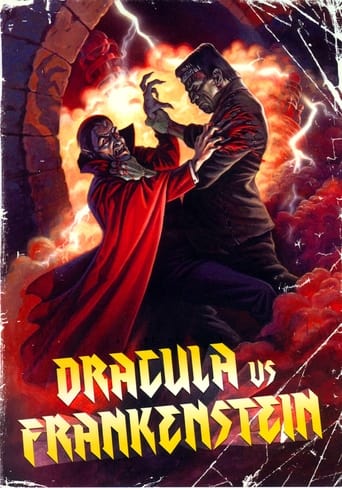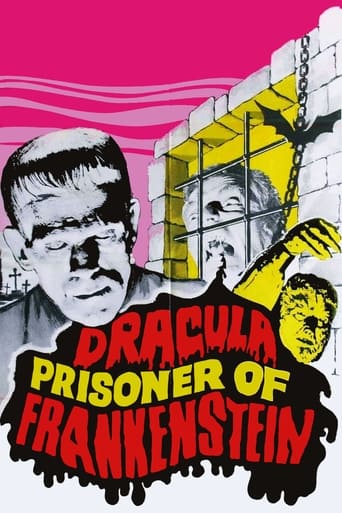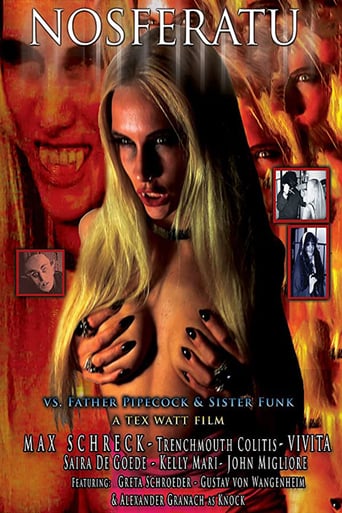Count Dracula (1977)
For those familiar with Bram Stoker's novel, this adaptation follows the book quite closely in most respects. Jonathan Harker visits the Count in Transylvania to help him with preparations to move to England. Harker becomes Dracula's prisoner and discovers Dracula's true nature. After Dracula makes his way to England, Harker becomes involved in an effort to track down and destroy the Count, eventually chasing the vampire back to his castle.
Watch Trailer
Cast


Similar titles
Reviews
Unusually authentic, and effectively scripted, for a filmed work from a written work. Some unusually good choices such as a handsome and charming Count which leads to other useful, relevant choices of desire vs terror.But... it is 1977 BBC. Video interiors, film exteriors. Hideous VFX. Strange musical cues, and long stretches with no audio. Oh the posterizing! It's horrible! Oh, and pretty poor sound quality, with no subs on the DVD I got, so often hard to tell what anyone is saying. If I didn't already know what was up, would be hard to watch.Would love to see this exact script remade by someone. In the current TV era, it seems like it would go awfully well. Stretch to 4 hours or so and make a week of it, or a streaming binging series.
The BBC's 1977 production of "Count Dracula" arguably represents for many Dracula aficionados the finest screen version of Stoker's novel ever likely to be made."Count Dracula" probably stands alone by virtue of its very faithful adherence to Stoker's plot, as well as the uniformly stunning quality of the acting performances (who, for instance, could forget Jack Shepherd's "Renfield"?).But for me, the most outstanding feature of the production is the conscious, studied, Gothic restraint of the female cast, echoing much of what was best about the early Hammer vampire movies before the regrettable advent of the "tits and fangs" genre.Without the exposure of a single breast, the trio of female vampires at Castle Dracula succeed in conveying an astonishing level of sexual allurement as they coquettishly tease Jonathan Harker with his letter to Mina.In similar vein, when the (by now un-dead) Lucy Westenra is confronted in the cemetery by the group of vampire slayers, she transforms herself almost instantaneously from a blood-stained Fury from Hell into a virginal Lady of Shalot, and then back again.How sad that this near-perfect cinematic achievement appears to have been very largely eclipsed by "Dracula" of 1978, as well as Coppola's "Bram Stoker's Dracula"!
This British version of Dracula was shown on American TV back around 1977 and I saw it when it was first shown--and it was in two parts. I remember liking it but wasn't exactly sure why. So, all these years later I decided to give it another look. Now, after seeing it again I found there was a lot to like and a lot to dislike--making for a very mixed bag.As far as the story goes, it's pretty familiar and most of the differences between this and other Dracula tales are pretty minor. However, the style is often quite different. I was surprised how bloody and sensual this film was. The blood-sucking parts were rather orgiastic in style--making this a bit more adult than the norm! The women really wanted Dracula....really, really badly and their cries of delight were a bit embarrassing if you watch this with the wrong person (like your mother-in-law). Having Drac played by a more erudite and good-looking guy (the Frenchman, Louis Jourdan) helped in this regard. I also loved the red eyes and (yuck) scene with the vampiresses attacking a baby--shocking but very effective. And, although not entirely effective, the wall-climbing bit by Jourdan was certainly novel. However, there are some goofy aspects of the film--in particular the insane decision to do those weird images of Drac's eyes and fangs--all done with a negative sort of image with neon!! It looked almost as if the vampires were doing acid!! It was embarrassingly dumb, actually. Also, while British audiences wouldn't have noticed, as an American I had to laugh at the terrible Texas accent of one of the guys in the film. It sounded like a Brit trying hard (and unsuccessfully) to sound American. Finally, a lot of the film was over-stylized and a much more direct and less adorned look would have worked much better. So, overall it's a real mixed bag. Interesting but it really wasn't as good as I'd remembered.
Jonathan Harker is sent to Transylvania to go over the finer details of a property purchase by one Carpathian, Count Dracula. On his journey he finds the locals making strange gestures in his direction, he asks a fellow coach passenger, the significance of this, he is told it is a sign that they wish you good luck. Harker questions why he was singled out for such a gesture, the passenger asks where is his journey taking him. Harkers reply that he is going to the Borgo Pass and then on to the home of Count Dracula on business, strikes fear into his fellow passengers, they urge the coach driver on through the grim forest, to make the pass before nightfall, where Harker is abruptly left. Out of the darkness he sees what seems to be two yellow eyes, but on closer inspection it is a coach to bring him up the hill to Dracula's castle. There he is met by the Count ( Louis Jourdan), a handsome man of some refine, together they exchange pleasantries and despite the late hour get down to business. Harker is asked to respect the history of the castle and not stray into certain rooms and under no circumstance fall asleep in the library. Harker naturally agrees to his hosts demands. The following evening, after some discussions, the count asks Harker to stay on for a month or so, Harker questions the need, but is convinced by Dracula to stay, but he soon regrets his decision and he realises just what his host is and that he is his prisoner. After the Count leaves for England with his vast shipment of ancient soil, Harker makes ready his escape without haste to stop the Count. For a TV adaptation, the production values and attention to detail are evident from the start, the build up to our first meeting with the Count is beautifully crafted with tension and apprehension of what lurks in the dark mountainous forests of Transylvania, through Harker, we see the terrified eyes of superstitious locals, their fear of this as yet unseen man is palpable and thus we await our first glimpse, what shape of form will this evil take? Harker's journey takes him to the imposing castle doors, there we meet the evil one, its none other than Louis Jourdan. There have been many great cinematic Dracula's, Lugosi perhaps being the most famous, Lee didn't speak much, but to a certain generation there is no other, Oldman camped it up nicely, Langella was a more romantic Count, so to many the choice of Jourdan as Dracula might come as a surprise and not a good one either. The viewers fears are instantly laid to rest as Harker and Dracula get down to business in the dimly lit library, immediately we see he is no monster, he is just a man, he talks like a normal man, but he is also handsome, debonair and exudes an aristocratic class. Together their conversations are literary and at times rather profound. I enjoyed these scenes immensely, never having read the original novel, it gave me an impression of it, that I haven't found in other more famous adaptations. The first hour is taken up with the dealings in Dracula's castle before we move to England as Dracula makes his moves on Mina and Lucy, Harker someway behind in pursuit of the Count. Once there we are introduced to the dealings of the Westenra family and the local asylum where one Renfield seems to be telepathically in touch with the Count. He is a different Renfield to be sure, perhaps a more realistic portrayal of a mentally disturbed man. Soon after a heavy storm, Lucy begins sleep walking and remains for some time quite ill, in a desperate attempt to save her life, her former love, Dr Seward employs the assistance of his mentor Abraham Van Helsing (Frank Finlay), a specialist in rare diseases, once he arrives his methods instantly bring an air of calm. Van Helsing instantly deduces the problem and makes plans to protect Lucy from this unseen terror. Finlay for his part is a wonderful Van Helsing, he brings the right blend of knowledge, calmness and forthrightness under pressure that the role requires, strangely in his looks, he reminded me of an older Al Pacino. Getting back to the production, they are of a very high standard indeed, the majority of the sfx are pretty good for the time, some though it must be said are rather iffy, director Saville even resorting to a swirling animated entry to a room by the Count, there's also some very very rubbery bats. Still though these can be put down to budgetary restraints and Saville certainly does seem to have a visual eye and there are a number of memorable flourishes, like the invisible Lucy in the mirror trick and the reflection of a crucifix on the face of Dracula and also a raging plume of smoke from a coffin. The cast is way above average for such a production, there's even a nice score, but for me Jourdan and Finlay make the film, at 150 mins though it might be a little long or drawn out for some, I found it riveting, I felt like I was watching a really great stage play, the dialogue is always interesting and as such this is a great success.

